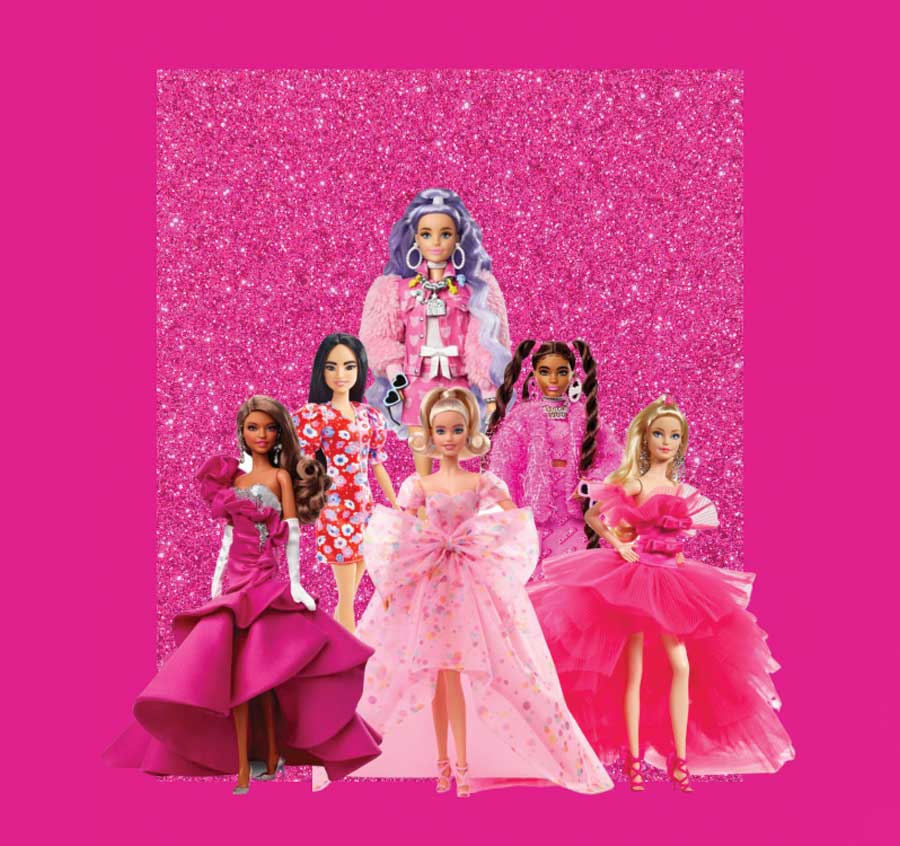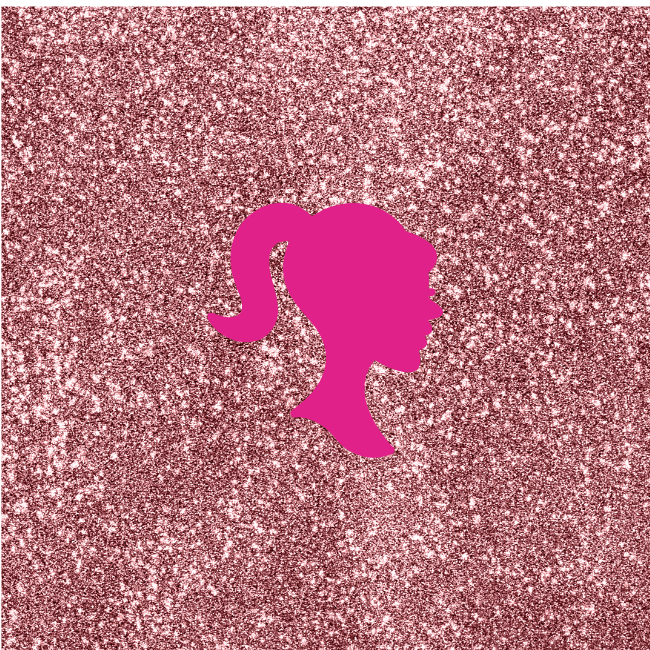The resurgence of Barbie in pop culture

As a 2000s kid, I grew up watching Barbie movies and playing with Mattel-produced dolls. Our old Barbie DVDs had scratches from multiple replays. Sometimes it would skip from one part to another, but I never stopped watching them. I was such a Barbie fan growing up.
In fact, even though I only wanted to play with my Barbie dolls, I had a terrible habit of cutting their hair when I inevitably grew bored of brushing their hair. In the end, I had twenty or so dolls all having the same bad cut.
Nowadays, you can’t turn without seeing Barbie.
From the addition of classic Barbie movies to Netflix‘s growing vault to the upcoming live-action Barbie movie starring Margot Robbie as the titular character, it seems like Barbie represents the hustle culture in pop culture. However, I would argue that Barbie’s constant presence in popular media is less magic and more strategy.

The pushback to remain relevant
The easiest tell a company has when having a crisis is in its sales. The company had to think fast to stabilize plummeting sales during the early 2010s and they found their answer in rebranding the icon.
Diversity isn’t a new thing for Barbie. In 1981, Mattel released the “Dolls of the World” collection. The collection incrementally pushed for global diversity. The dolls were dressed in oversimplified “traditional” clothing from their country.
While this created backlash for the brand, it did show improvements from its initial release. This collection was discontinued in 2014. However, this collection remained separate from the main image of the doll which is the main problem.
Rebranding started roughly in 2015, during which Mattel introduced the concept of Barbie as a vlogger. She tackled modern issues affecting young girls such as depression and the sorry reflex.
Over the past year, she has expanded her talking points to include issues of racism. Barbie’s recent diversity campaign also spearheaded the release of the tall, curvy, and petite body types in 2016. This campaign expanded to a wholly diverse collection of Barbie dolls.
Its 2020 collection “Barbie Fashionistas” has dolls of different skin colors, body types, hair types, and disabilities to “encourage real-world storytelling and open-ended dreams.” The main goal of the collection is to reflect the world as kids would see it today.
Defining Barbie Now
Growing up, I used to be so confused about why Barbie was white and I was brown. She had blonde hair, and blue eyes, and I had black hair and brown eyes. These differences were so apparent to me whenever I watched the movies and played with the dolls. Even though the message behind her image was about female empowerment, to me, these were only applicable to white, blonde girls that looked exactly like her.

For a long time, Barbie has had some influence on which beauty standard is acceptable. For better or for worse, her thin, white body contributed to the image society has expected and imposed on girls. Despite the very long and overdue change in the brand, I am glad that Barbie has evolved to a wide, beautiful range of bodies, faces, and skin colors.





